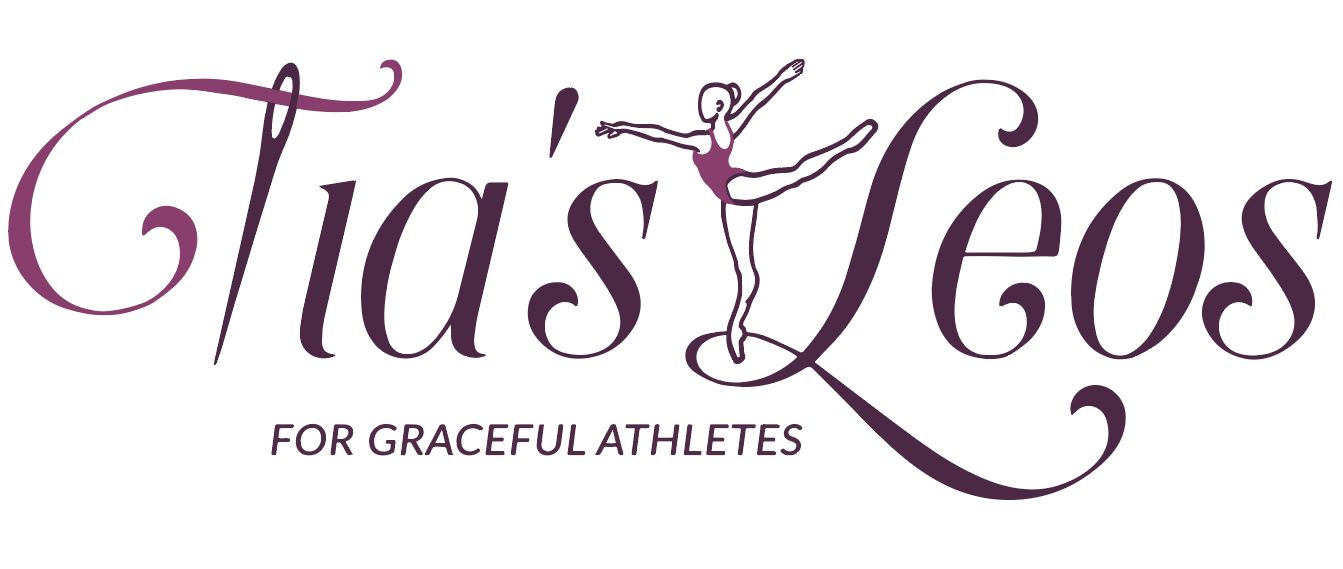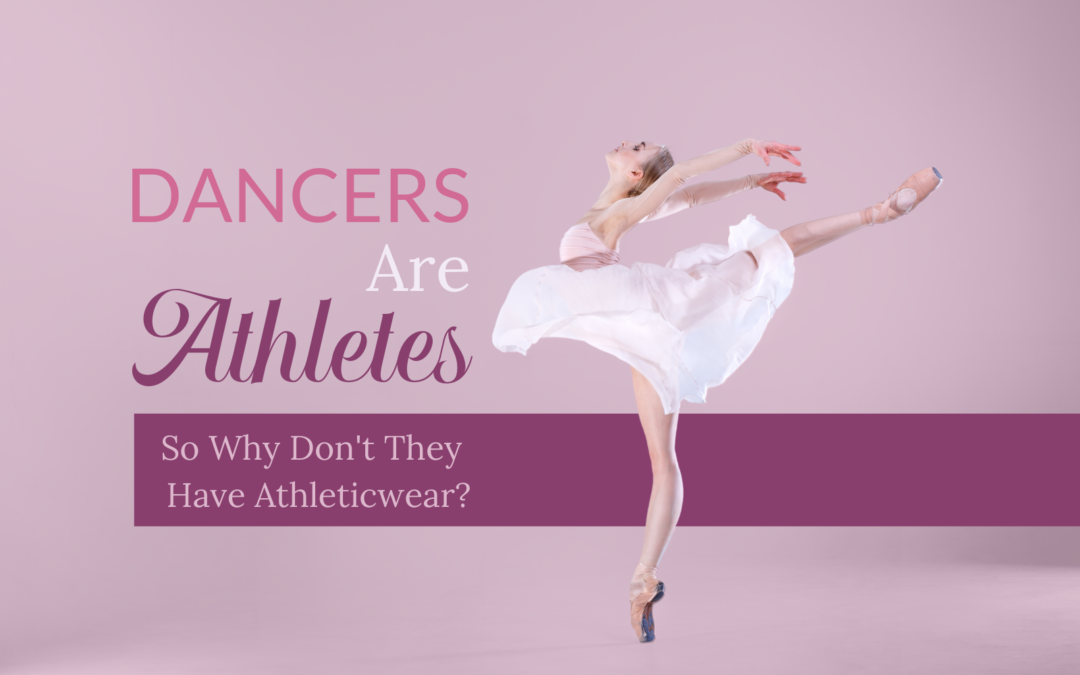Dancers are athletes
For me, looking at a definition is all I really need to decide whether dancers are athletes. From dictionary.com:
athlete [ath-leet] noun
a person trained or gifted in exercises or contests involving physical agility, stamina, or strength; a participant in a sport, exercise, or game requiring physical skill.
To me this definition makes it clear that all dancers are athletes, but dancers are not the only type of athletes. Dance is always exercise, but it’s not always a contest. It’s sometimes considered a sport, rarely a game, but always an exercise requiring physical skill. Sometimes dancers compete against other dancers to win. Lots of times dancers dance for many other reasons, though, such as self-expression, getting a workout, feeling beautiful, creating art, telling a story . . . There are a lot of components to dance.
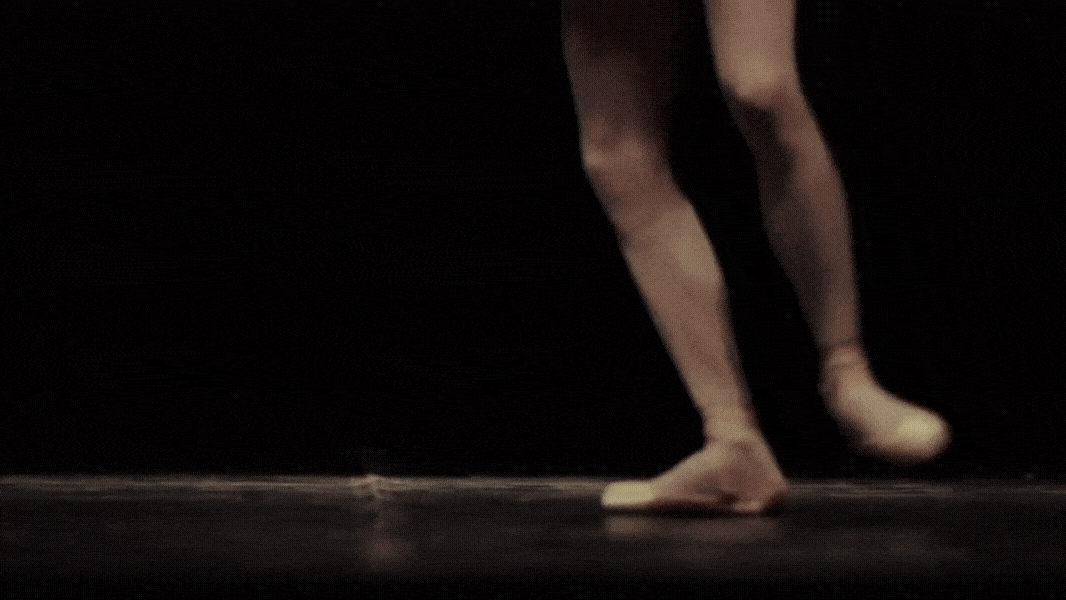
I’ve heard an argument that since the root word means to contend for a prize, the word “athlete” doesn’t capture the true purpose of dance, that dance is so much more than that. I don’t disagree with that!
ORIGIN OF ATHLETE
1520–30; < Latin āthlēta < Greek āthlētḗs, equivalent to āthlē- (variant stem of āthleîn to contend for a prize, derivative of âthlos a contest) + -tēs suffix of agency
But by saying that dancers are athletes, I’m not saying that dancers are only athletes. And I think it’s clear that there are different levels of athleticism required for different types of dance. You can’t deny the athleticism of dancers, but that’s only one part of what makes a dancer.
I will also throw out there that a trophy or a ribbon is definitely not the only worthwhile prize for athleticism. There are many rewards that come with training, conditioning, creating, and performing in dance.
Why does it matter?
There is so much artistry involved in dance. Much of the time, a dancer’s goal on stage is to make what they’re doing look easy, to make the audience feel what they’re expressing more than think about the difficulty of what they’re doing.
Sometimes a performance is clearly about showing off what dancers are physically capable of, but even then, they’re supposed to make it look like it’s easy for them—no grunting, no pulling faces showing the effort. Oftentimes they’ve got a big, confident smile.
Sometimes dancers are so good at performing with their whole body, including their face, and making it look so easy that the outside world is tricked—they think dancing IS easy, that it doesn’t require any significant amount of strength, skill, or training.
So one of the reasons it matters to me to say that dancers are athletes is just to acknowledge the physical and mental discipline, the strength, flexibility, technical skill, stamina, the rigorous work many dancers put into their craft. Dance is very artistic, but it is important to me that people appreciate the athleticism that goes into dance as well.
Another big reason it matters to me is:
Dancers need better athleticwear
“What are you talking about?” you might ask me. “Dancers have leotards. Aren’t leotards athleticwear?”
Well . . . kinda. But they’re kind of outdated. I mean, they still look good, but when was the last time you heard someone say, “Oh man, I love this leotard because it’s so COMFY and supportive!”?
On the other hand, how often do you hear people talk about leggings or yoga pants that way?
When I say dancers need better athleticwear, I mean leotards need to catch up on the athleticwear revolution and they need to be constructed in a way that makes them comfortable and supportive.
Why aren’t my leotards as comfortable as my leggings?
Admittedly, some leotards are better than others. More leotards are being made out of softer, silkier materials and sewn together with softer threads. Those are good improvements.
But, for example, athletic leggings often have flat seams or enclosed seams, rather than serged seams—meaning that you don’t have layers of stitched fabric on the inside of your already tight clothing that are being pressed into your skin and leaving funny designs when you take it off, haha.
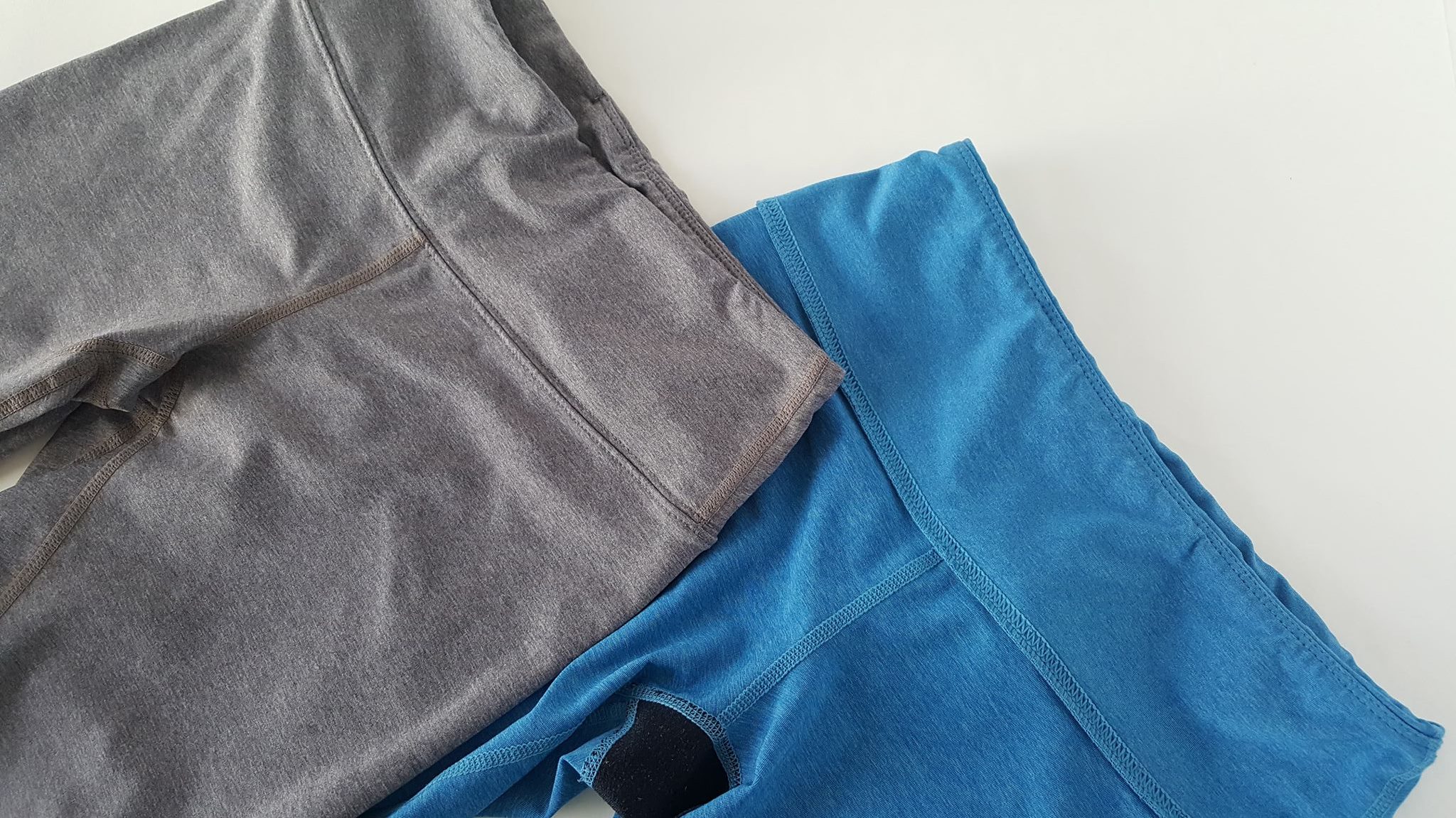
And when it comes to leotards, you’ve got a neckhole and legholes that require extra security to keep them in place—meaning you’ve not only got layers of exposed stitching, but you also have elastic making it even tighter and pressing that stitching into your skin even more.
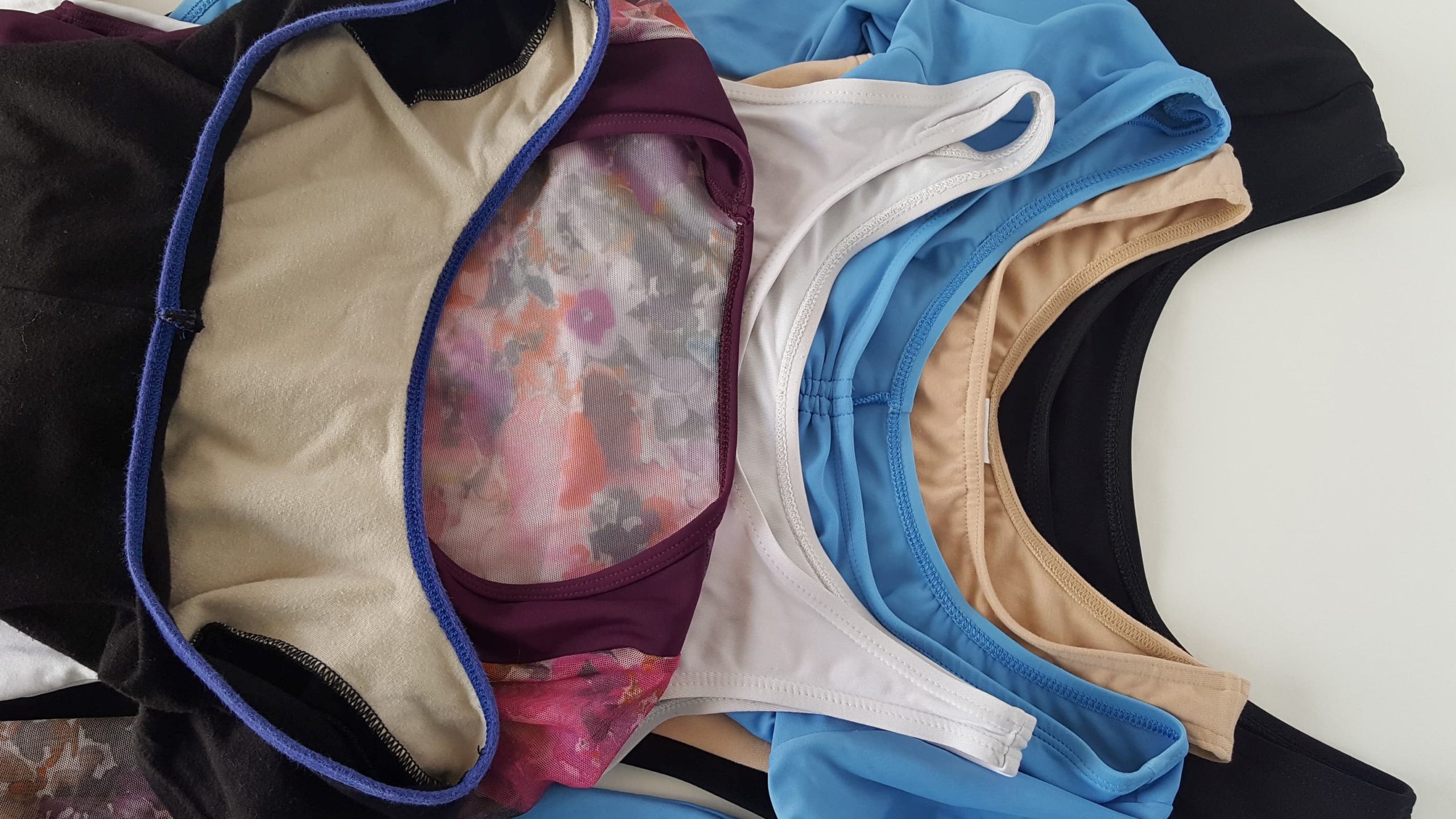
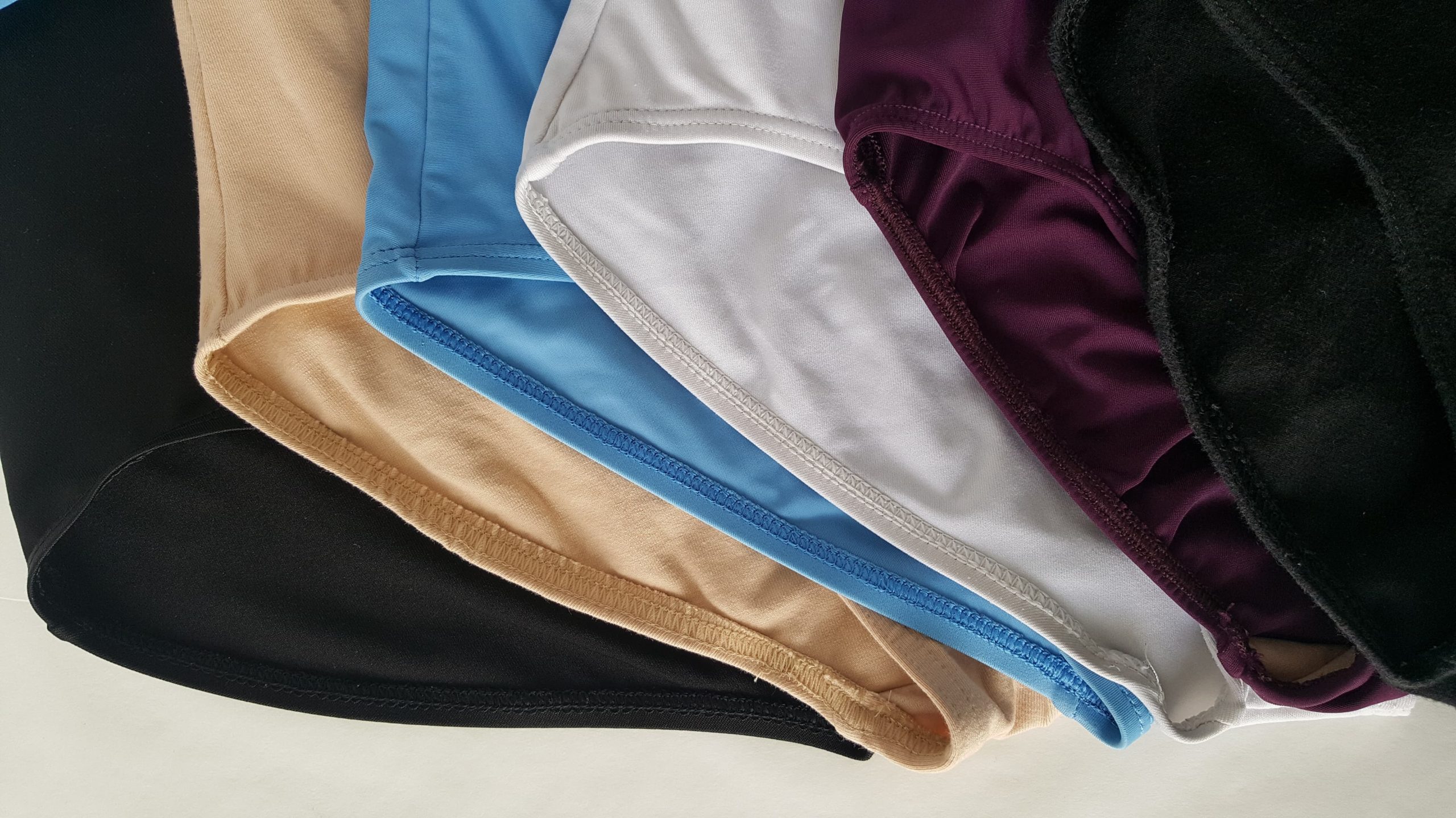
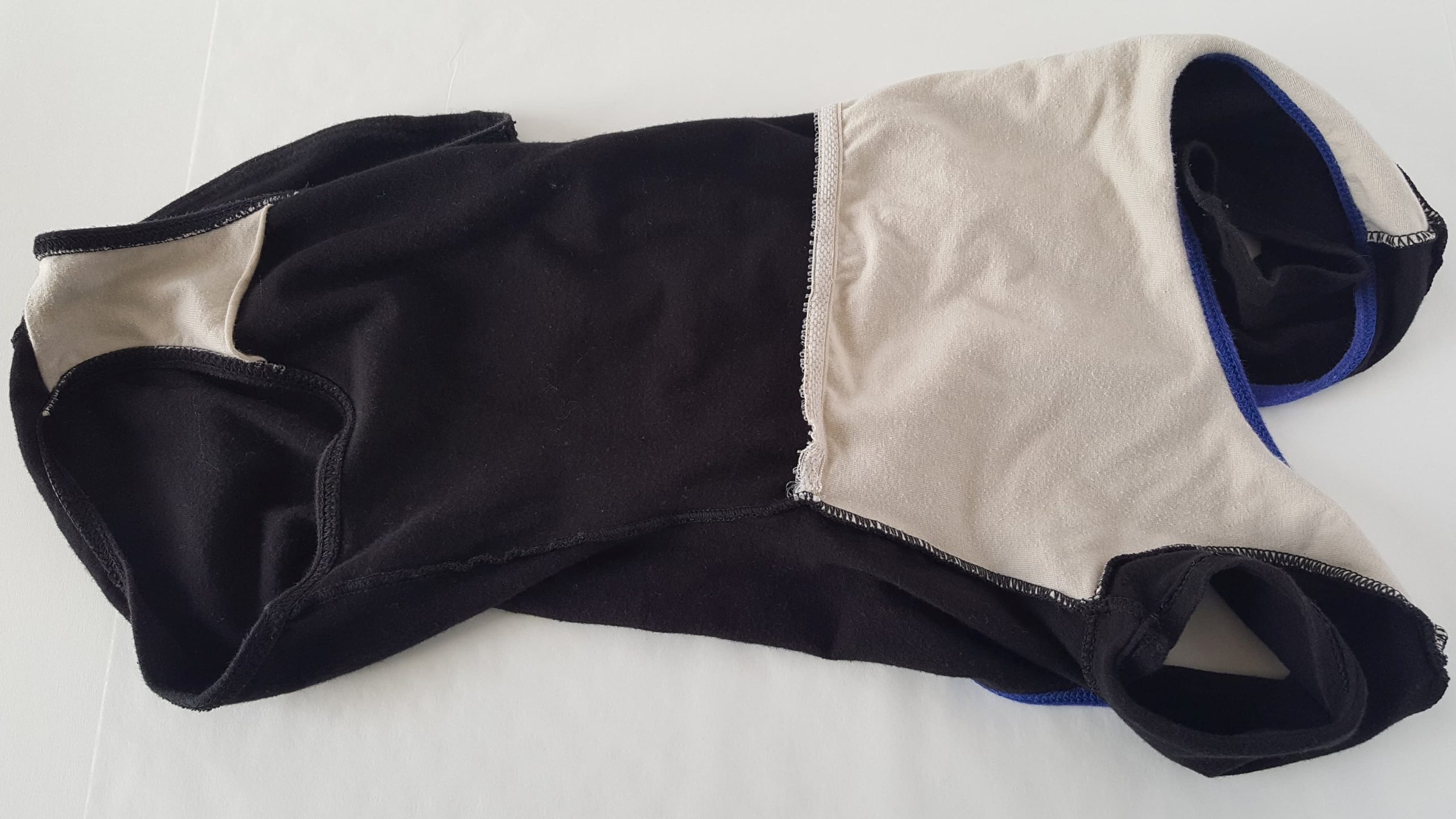
So ya . . . it’s pretty safe to say that leotards are usually constructed with the look of them in mind more than the comfort.
That’s why I created Tia’s Leos
I’m all for a pretty leotard, but I don’t think it’s too much to ask that it be comfortable and supportive, too.
I wanted a leotard with flat or enclosed seams. Flatseamers are pretty expensive, and that didn’t seem very practical for me or for people who might want to learn to sew their own leotards with me. So! I use a serger and a coverstitch machine to make my leotards, which are much more affordable.
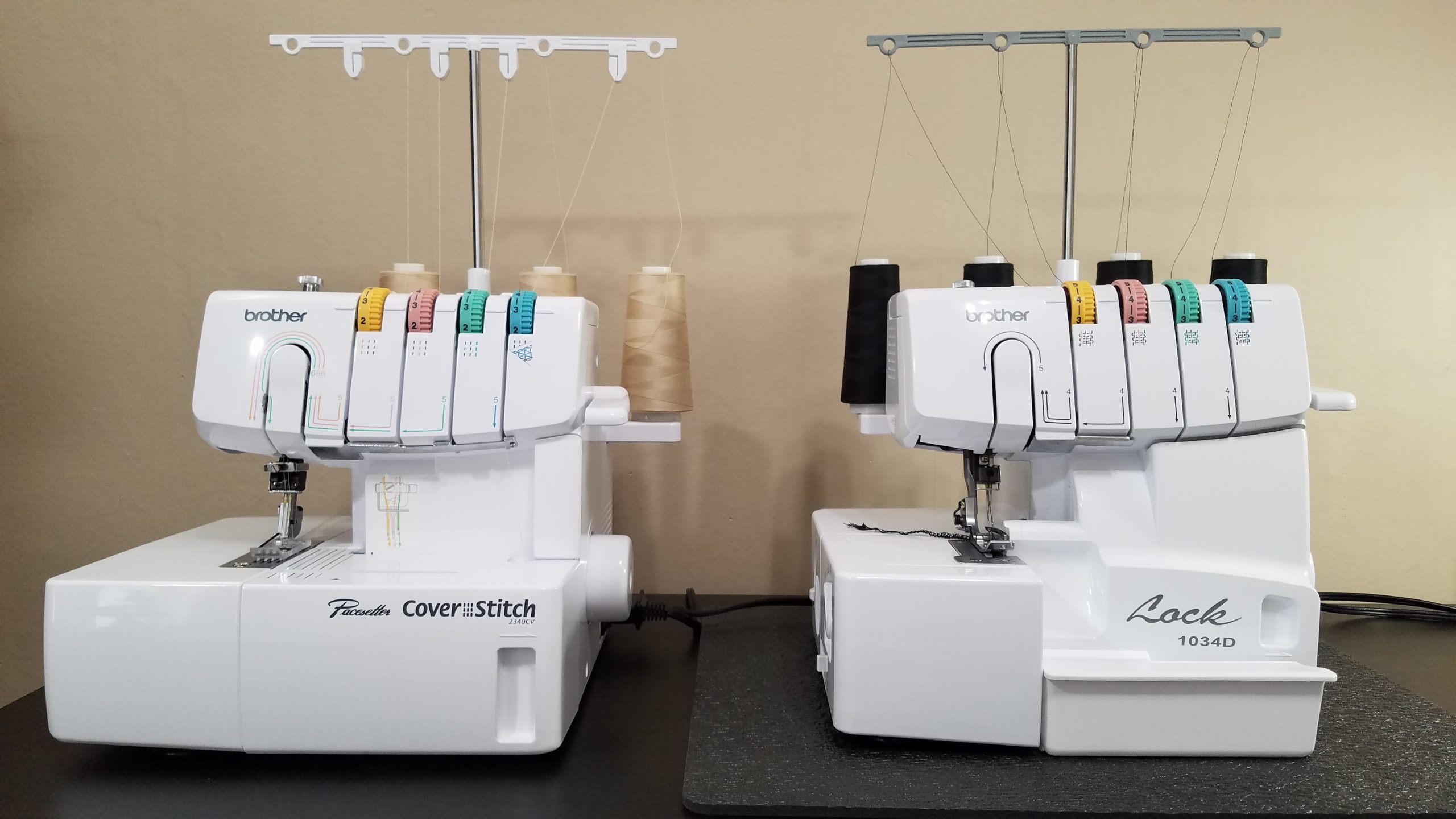
With my home sewing machines I can make a leotard that is snug and supportive, that has elastic and is secure, BUT—the whole thing is completely lined with silky lining, and all the seams but one are enclosed. There’s one seam around the torso that’s exposed, but there’s no elastic there pushing it into your skin. So the neckhole, legholes, side seams, and sleeves are all smooth and silky, and you won’t see overlock stitch designs all over your body when you take it off!
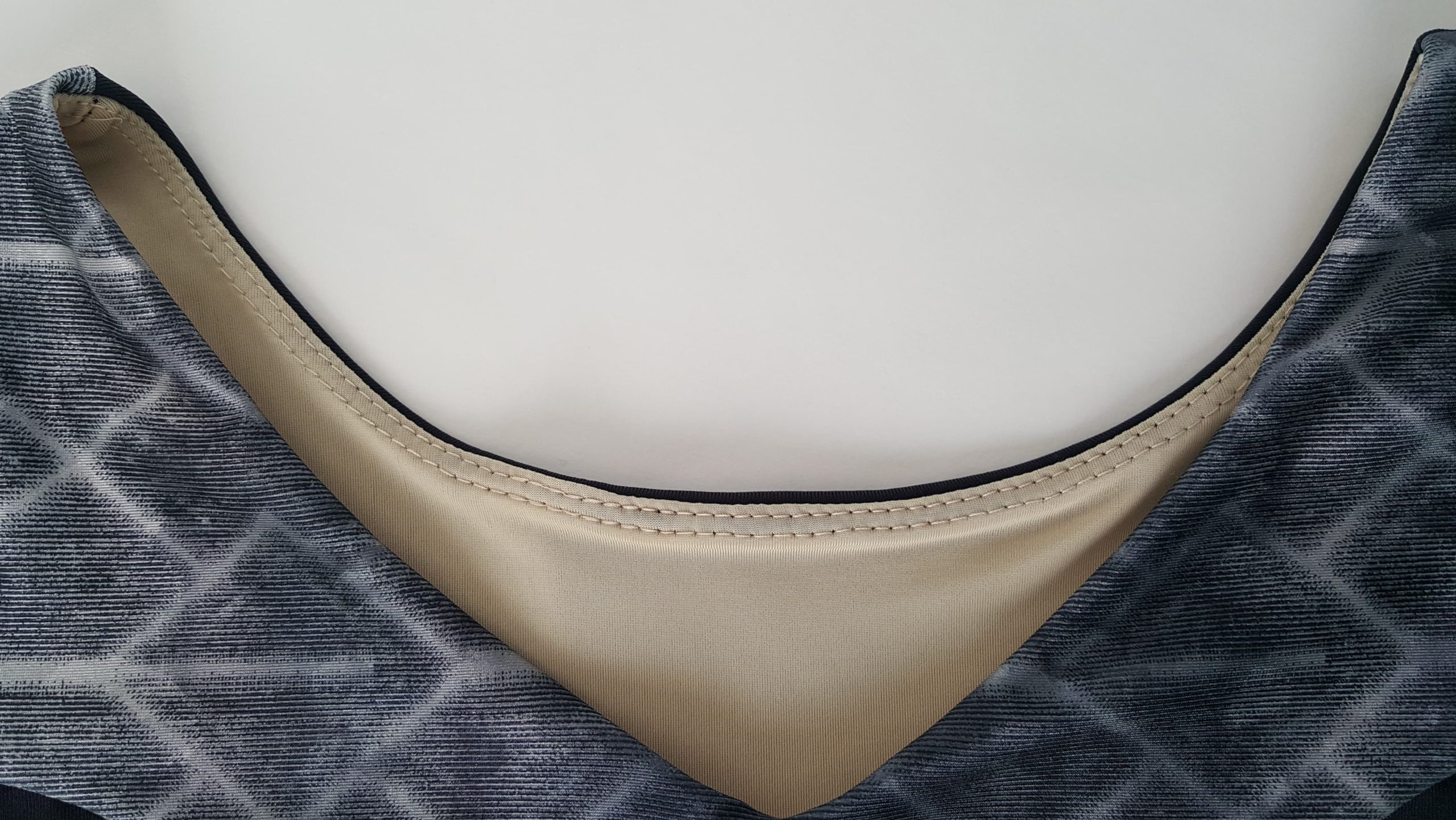
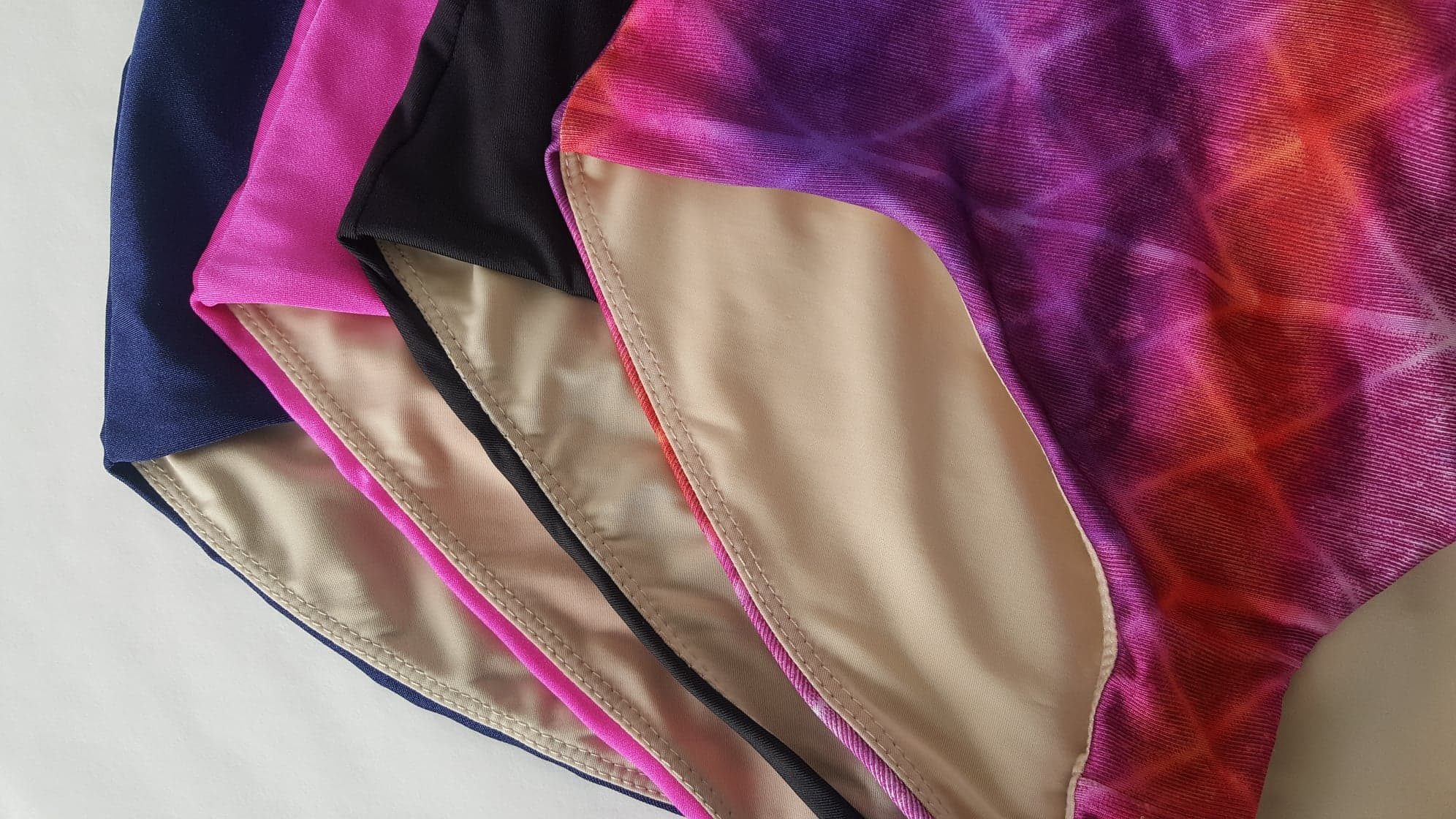
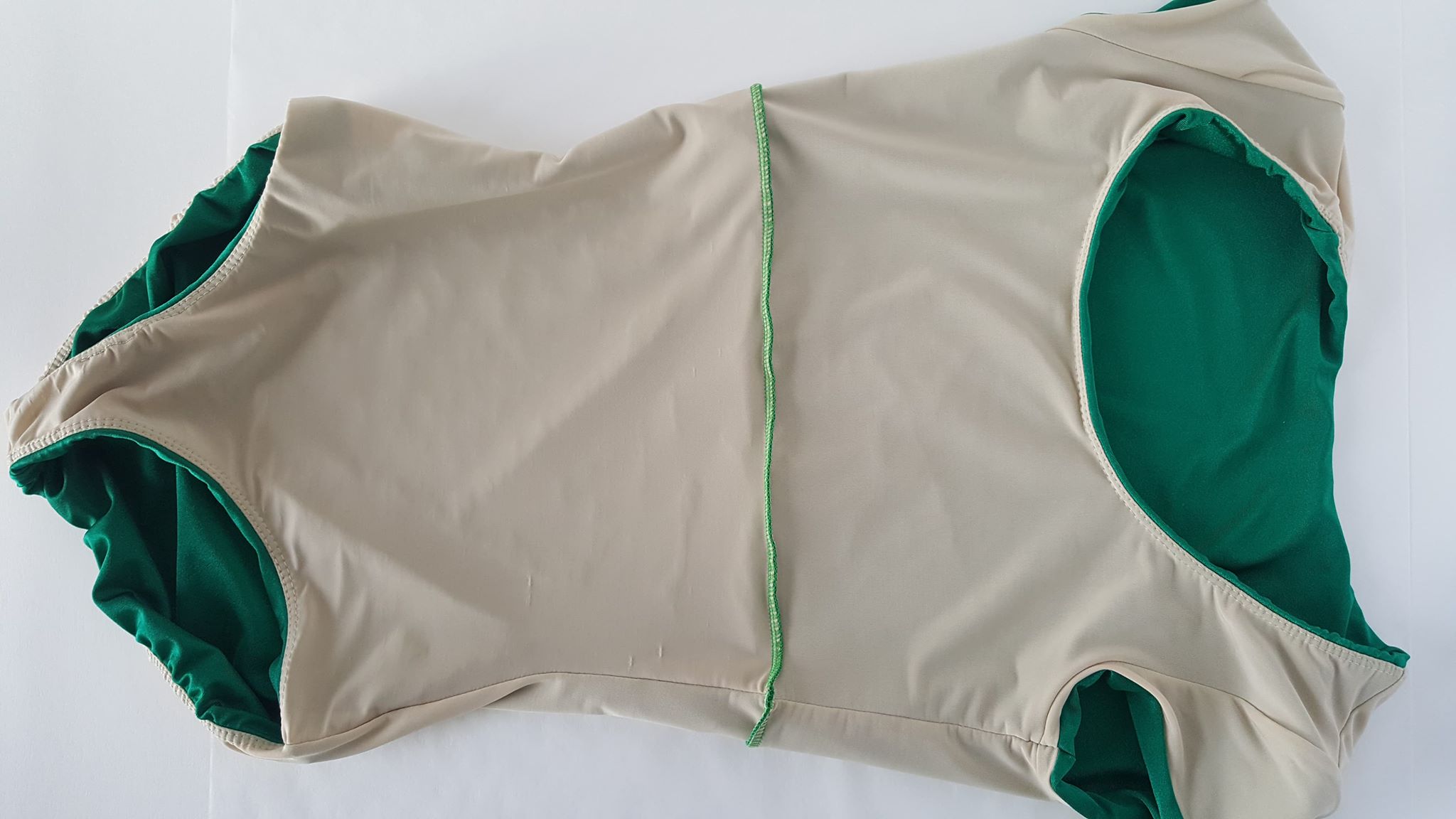
Dancers are athletes, and they need comfy, supportive athleticwear
If you agree and you want this kind of leotard, take my free course! In 3 sections, I’ll teach you how to make an athletic leotard with silky, enclosed seams. Oh, and—it’s also customized to fit your body specifically. So it’s not just athleticwear, it’s fancy customized athleticwear, just for you!
And yes, it really is free. 🙂 My gift to you!
